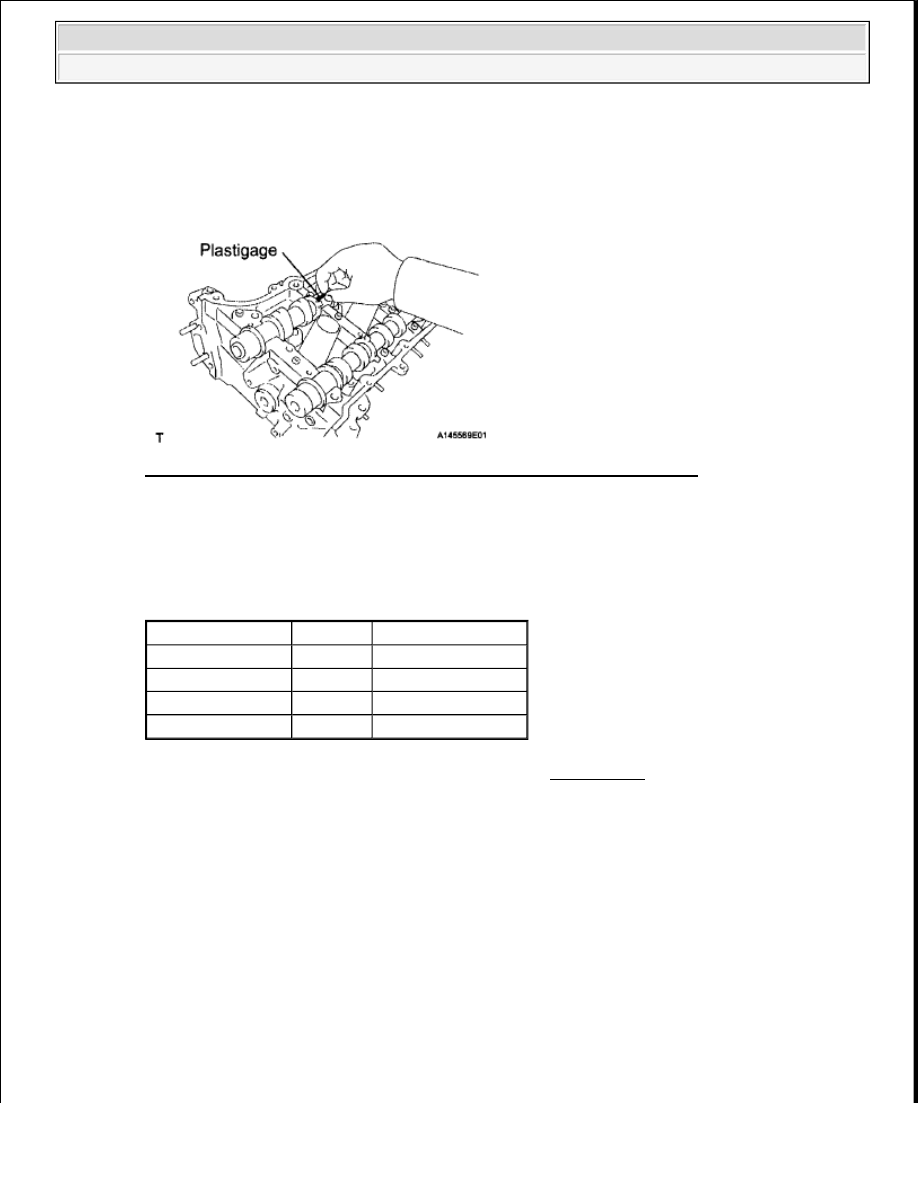Content .. 1542 1543 1544 1545 ..
Toyota Tundra. Manual - part 1544

A: Go to Next Step
25. INSPECT HEATED OXYGEN SENSOR
a. Disconnect the D31 or D32 HO2 sensor connector.
Fig. 104: Identifying Terminals Of D31 Or D32 HO2 Sensor Connectors
Courtesy of TOYOTA MOTOR SALES, U.S.A., INC.
b. Measure the resistance according to the value(s) in the table below.
Standard resistance
RESISTANCE SPECIFIED CONDITION
NG: REPLACE HEATED OXYGEN SENSOR (See REMOVAL )
OK: Go to Next Step
26. CHECK HARNESS AND CONNECTOR (CHECK FOR SHORT)
a. Turn the ignition switch off and wait for 5 minutes.
b. Disconnect the D74 ECM connector.
Tester Connection Condition Specified Condition
2 (+B) - 3 (OX1B)
Always
10 kohms or higher
2 (+B) - 4 (E1)
Always
10 kohms or higher
2 (+B) - 3 (OX2B)
Always
10 kohms or higher
2 (+B) - 4 (E1)
Always
10 kohms or higher
2009 Toyota Tundra
2009 ENGINE PERFORMANCE Engine Control System (3UR-FBE) - Tundra